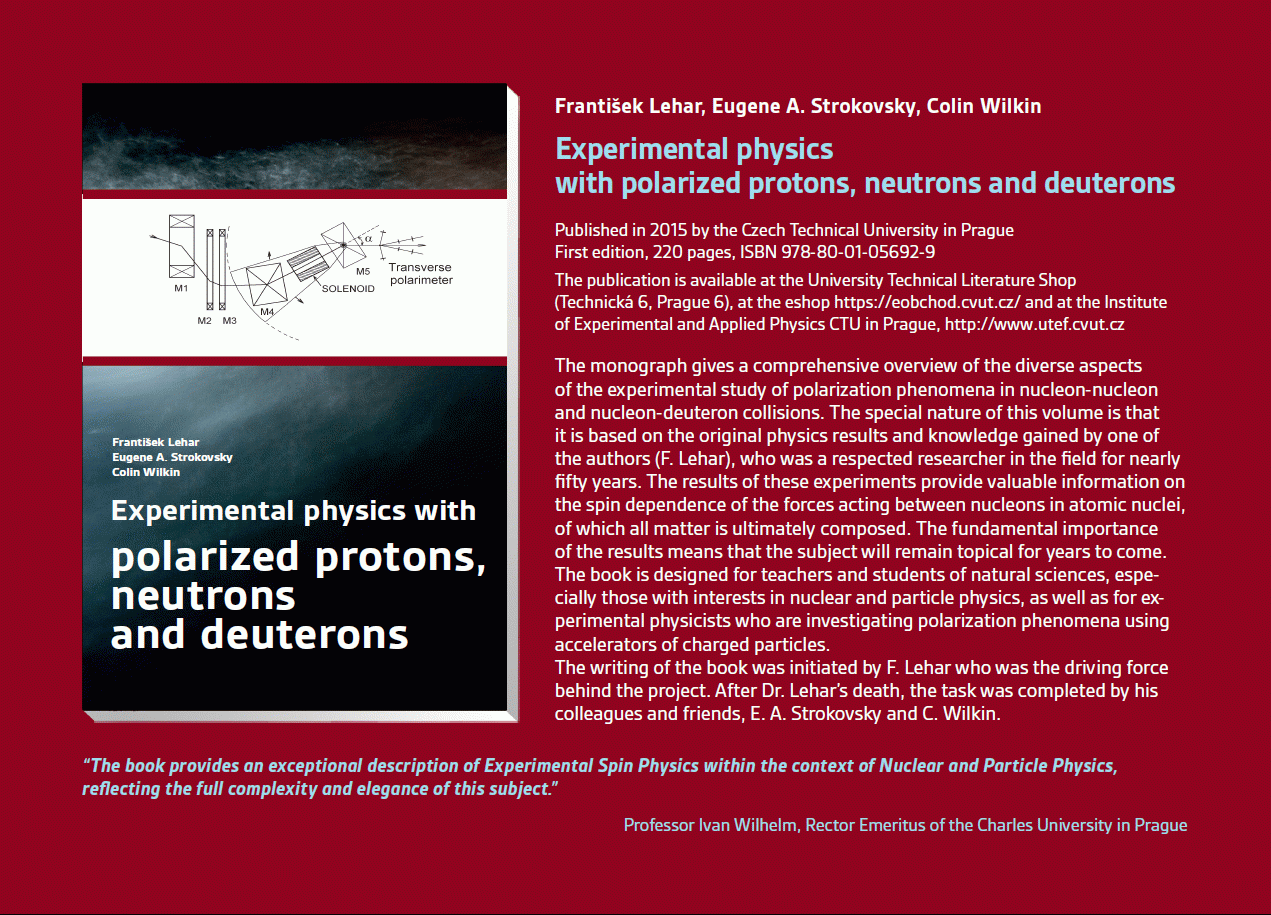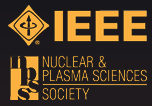Publikace
> Články v impaktovaných časopisech
> 'Prompt emission of GRB 121217A from gamma-rays to the near-infrared'
Prompt emission of GRB 121217A from gamma-rays to the near-infrared
Autor
| Elliott Jonathan, Ph.D. | Max-Planck-Institut für extraterrestrische Physik |
| Filgas Robert, Mgr. Ph.D. | UTEF |
| et al. |
Rok
2014
Časopis
Astronomy & Astrophysics
Web
Obsah
The mechanism that causes the prompt-emission episode of gamma-ray bursts (GRBs) is still widely debated despite there being thousands of prompt detections. The favoured internal shock model relates this emission to synchrotron radiation. However, it does not always explain the spectral indices of the shape of the spectrum, which is often fit with empirical functions, such as the Band function. Multi-wavelength observations are therefore required to help investigate the possible underlying mechanisms that causes the prompt emission. We present GRB 121217A, for which we were able to observe its near-infrared (NIR) emission during a secondary prompt-emission episode with the Gamma-Ray burst Optical Near-infrared Detector (GROND) in combination with the Swift and Fermi satellites, which cover an energy range of 5 orders of magnitude (10(-3) keV to 100 keV). We determine a photometric redshift of z = 3.1 +/- 0.1 with a line-of-sight with little or no extinction (A(v) similar to 0 mag) utilising the optical/NIR SED. From the afterglow, we determine a bulk Lorentz factor of Gamma(0) similar to 250 and an emission radius of R < 10(18) cm. The prompt-emission broadband spectral energy distribution is well fit with a broken power law with beta(1) = -0.3 +/- 0.1 and beta(2) = 0.6 +/- 0.1 that has a break at E = 6.6 +/- 0.9 keV, which can be interpreted as the maximum injection frequency. Self-absorption by the electron population below energies of E-a < 6 keV suggest a magnetic field strength of B similar to 10(5) G. However, all the best fit models underprcdict the flux observed in the NIR wavelengths, which also only rebrightens by a factor of similar to 2 during the second prompt emission episode, in stark contrast to the X-ray emission, which rebrightens by a factor of similar to 100. This suggests an afterglow component is dominating the emission. We present GRB 121217A, one of the few GRBs that has multi-wavelength observations of the prompt-emission period and shows that it can be understood with a synchrotron radiation model. However, due to the complexity of the GRB's emission, other mechanisms that result in Band-like spectra cannot be ruled out.
Příklad citace článku:
J. Elliott, R. Filgas, . et al. , "Prompt emission of GRB 121217A from gamma-rays to the near-infrared", Astronomy & Astrophysics (2014)
Hledat
Události
21.-22. 11. 2014
Seattle, USA
8-15 Nov 2014
Surrey, Velká Británie
8. září 2014
9. září 2014
24. 4. 2014
3. 4. 2014
Seoul, Korea
27 Oct - 2 Nov 2013
Paris
23-27 June 2013
Anaheim, USA
29 Oct - 3 Nov 2012






 Experimental physics
with polarized protons, neutrons and deuterons
Experimental physics
with polarized protons, neutrons and deuterons Progresivní detekční metody ve výuce subatomové a částicové fyziky
na ZŠ a SŠ
Progresivní detekční metody ve výuce subatomové a částicové fyziky
na ZŠ a SŠ NSS MIC IEEE Conference
NSS MIC IEEE Conference Konference SEPnet, CERN@school
Konference SEPnet, CERN@school Lovci záhad - spolupráce ČT a ÚTEF
Lovci záhad - spolupráce ČT a ÚTEF Progresivní detekční metody ve výuce subatomové a částicové fyziky na ZŠ a SŠ
Progresivní detekční metody ve výuce subatomové a částicové fyziky na ZŠ a SŠ Návštěva v rámci projektu „Listening to the universe by detection cosmic rays“
Návštěva v rámci projektu „Listening to the universe by detection cosmic rays“ NSS MIC IEEE Conference
NSS MIC IEEE Conference 15thIWORID
15thIWORID NSS MIC IEEE Conference
NSS MIC IEEE Conference